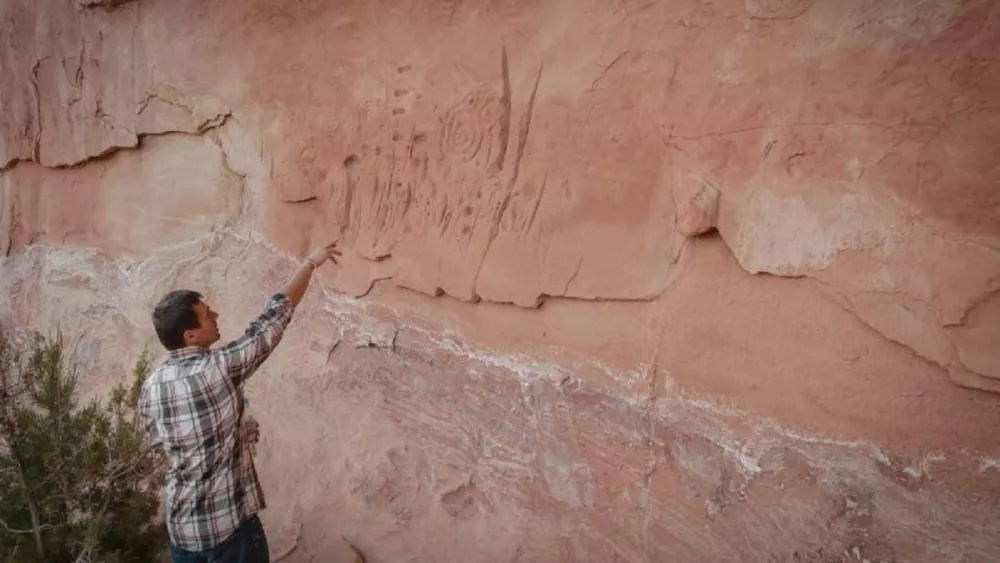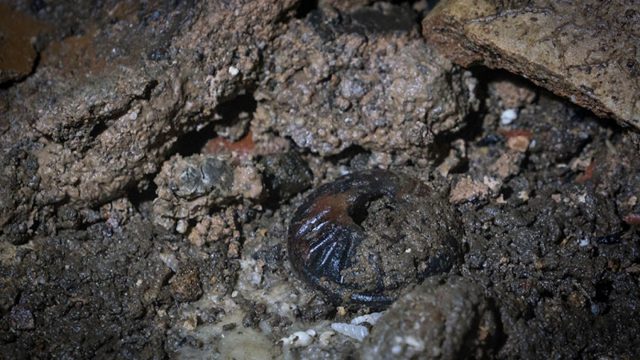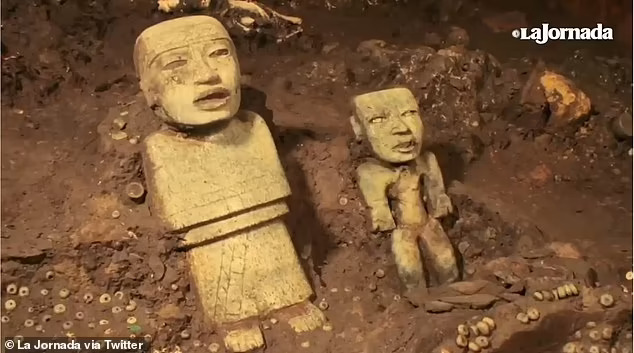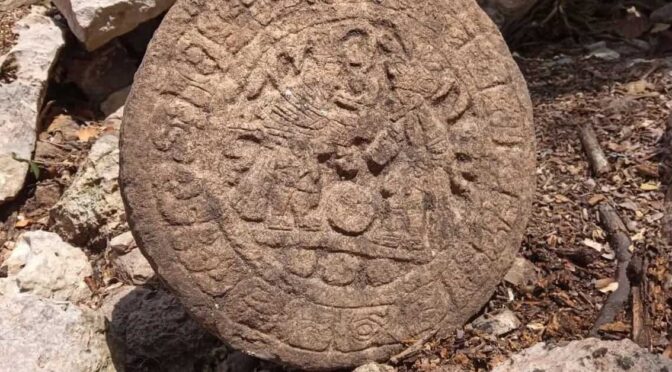Ancient Alutiiq Weavings: Uncovering 3,000-Year-Old Artifacts in Alaska
During excavations of an ancestral sod house on the shore of Karluk Lake, Kodiak Island, Alaska, archaeologists uncovered rare fragments of woven grass artifacts estimated to be 3,000 years old.
The fragments, which appear to be pieces of mats, are the oldest well-documented examples of Kodiak Alutiiq/Sugpiaq weaving.
“We were excavating a sod house beside Karluk Lake as part of a broader study to understand how Alutiiq people used Kodiak’sinterior,” said Saltonstall. “When we reached the floor, we discovered that the house had burned and collapsed.
The walls of the structure, which were lined with wood, fell into the building and covered a portion of the floor. This sealed the floor quickly and limited burning. As we removed the remains of the walls, we were surprised and excited to find fragments of charred weaving.

It looks like the house had grass mats on the floor. The pieces covered about a two-meter area at the back of the house, perhaps in an area for sleeping,” Alutiiq Museum Curator of Archaeology Patrick Saltonstall explained in a press release.
Weaving is a long-practiced Alutiiq art, but one that is difficult to document archaeologically as fiber artifacts are fragile and rarely preserved.
The Alutiiq Museum’s extensive archaeological collections contain grass and spruce root baskets that are as much as 600 years old but nothing older.
The house that produced the weavings was radiocarbon-dated to about 3,000 years old. The style of the structure and artifacts found in association support this determination.

“Our ancestors likely worked with plant fibers for millennia, from the time they arrived on Kodiak 7500 years ago,” said April Laktonen Counceller, the museum’s executive director.
“It makes sense. Plants are abundant and easily harvested, and they are excellent materials for making containers, mats, and other useful items. It’s just very hard to document this practice. This wonderful find extends our knowledge of Alutiiq weaving back an additional 2400 years.”
Close inspection of the woven fragments shows that their makers laid down long parallel strands of grass (the warp) and then secured them with perpendicular rows of twining (the weft)spaced about an inch apart.
This technique created an open weave, also found in historic examples of Alutiiq grass matting. Small fragments of more complicated braiding may represent the finished edge of a mat.
The field crew carefully lifted the fragile woven fragments off the floor of the sod house and placed them in a specially made box for transport back to Kodiak and the Alutiiq Museum’slaboratory.

Here, they will be preserved, documented, and made available for study as a loan from Koniag—the regional Alaska Native Corporation for Kodiak Alutiiq people and the sponsor of the research. The corporation owns the land on which the excavation took and has been generously supporting archaeological studies in the region.
“Discoveries like these highlight our Alutiiq people’s innovation and resilience,” said Koniag President Shauna Hegna.“Koniag is humbled to partner with the Alutiiq Museum on critical projects like this.”


































